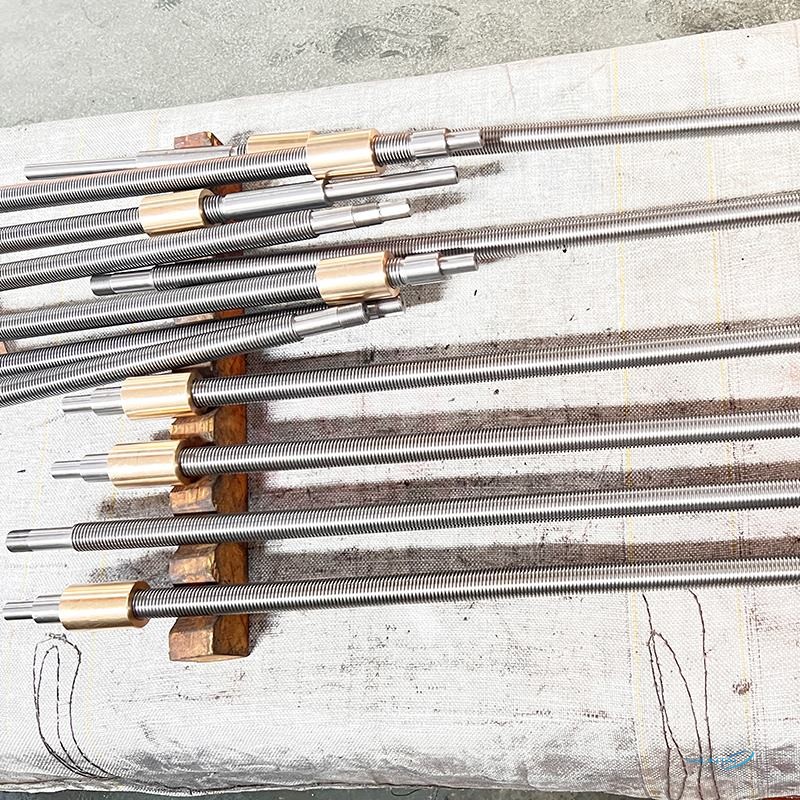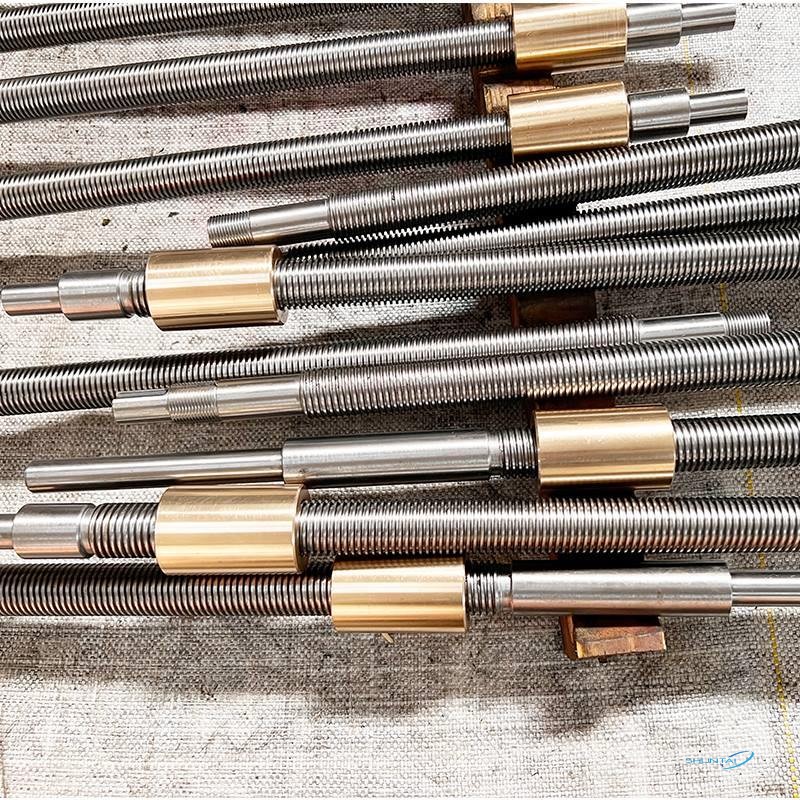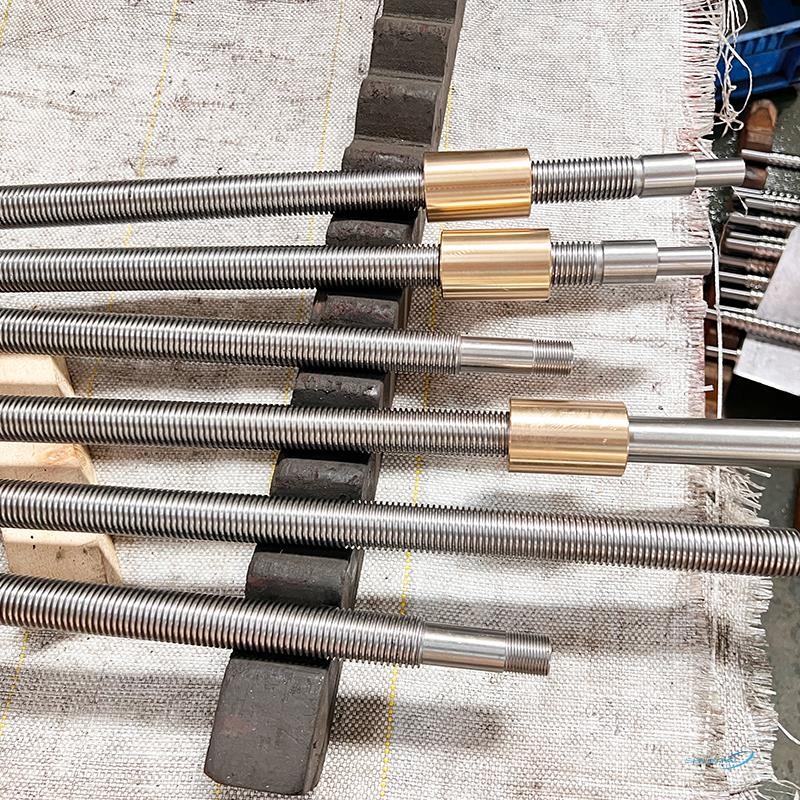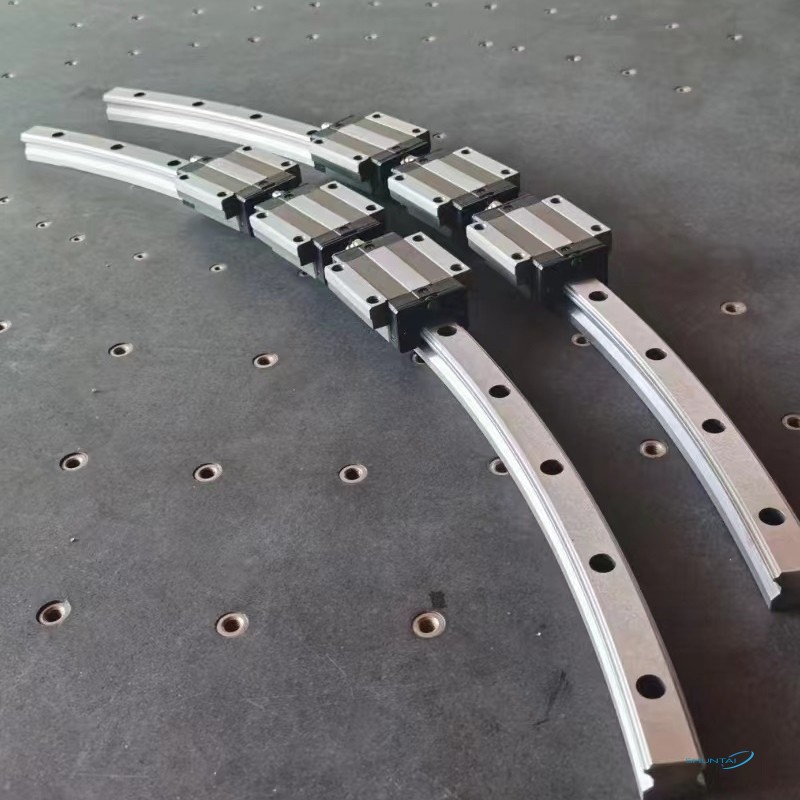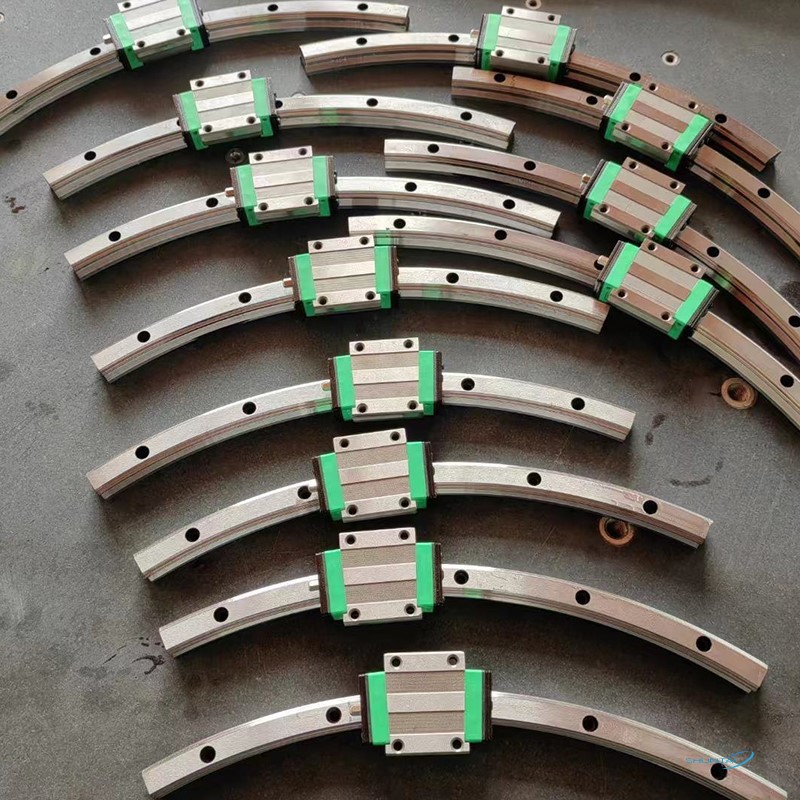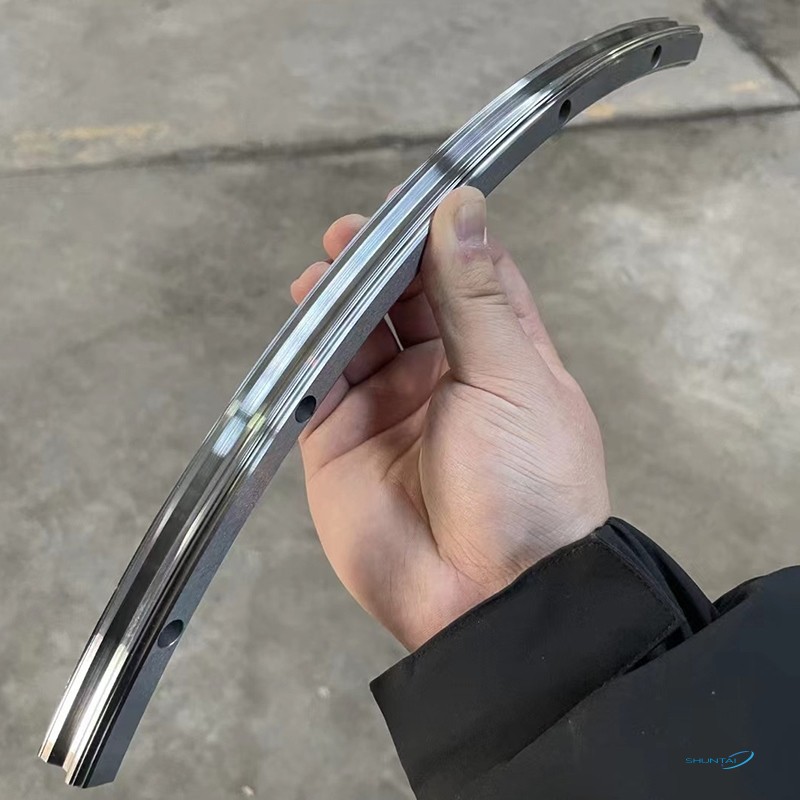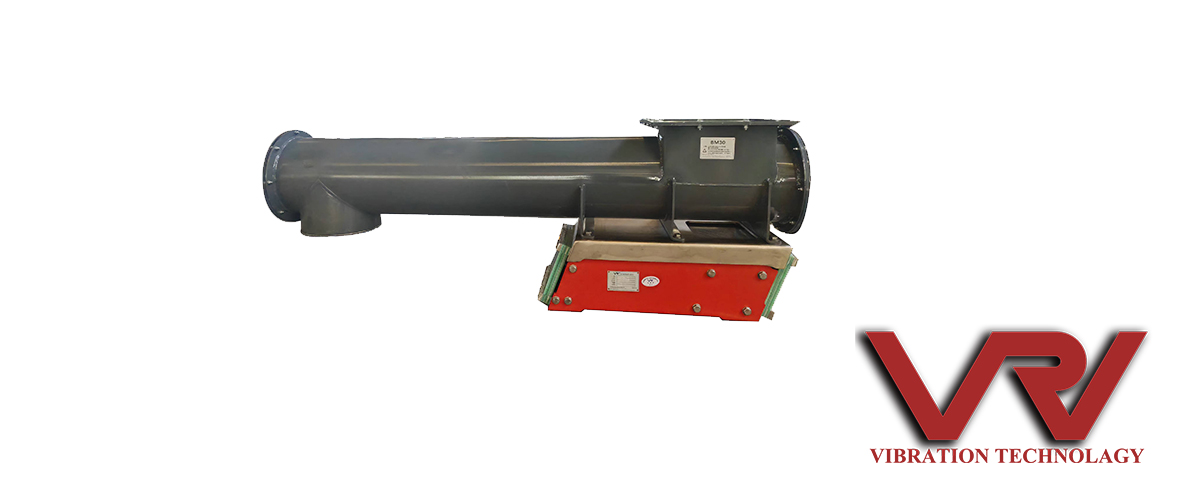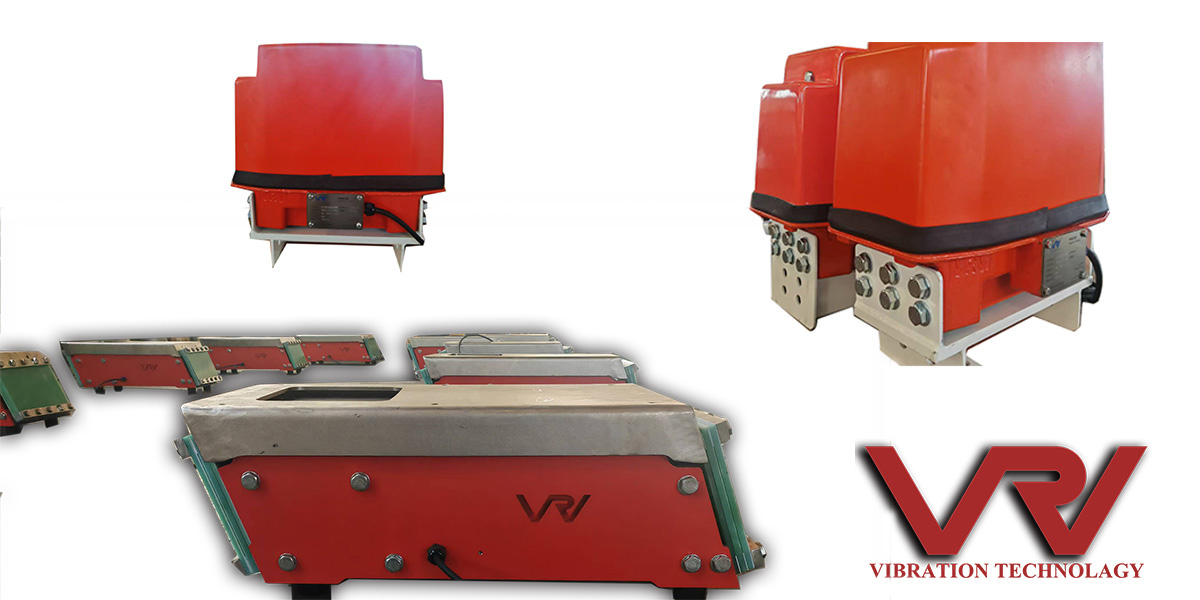How many types of filter press are there?
In the industrial realm, filter presses are essential, and they come in a wide variety of types, each with its own unique characteristics.

First, the commonly seen plate and frame filter press. It consists of alternating filter plates and frames, achieving solid-liquid separation through squeezing. This type of filter press has a simple structure and a large filtration area, making it suitable for handling large quantities of materials with relatively large solid particles. For example, in the mining industry, it is used for tailings treatment, effectively separating ore waste residue from wastewater, facilitating subsequent treatment and resource recovery.
The chamber filter press is also an important category. Its filter chamber is formed by the recesses of adjacent filter plates, providing excellent sealing. In the chemical industry, when filtering toxic, harmful, or volatile materials, the chamber filter press can prevent material leakage, ensuring a safe production environment. It is often used for treating chemical wastewater and waste residue, ensuring that harmful substances do not spread and pollute the environment.
The diaphragm filter press is unique with elastic diaphragms installed between the filter plates. In the food industry, for instance, when dealing with the residue in fruit and vegetable juice production, the diaphragm filter press can further squeeze the filter cake by inflating or filling water into the diaphragm in the later stage of filtration, reducing the moisture content of the material, improving filtration efficiency, contributing to product quality improvement, and reducing subsequent drying costs.
In addition, the belt filter press is suitable for sludge dewatering and other fields. In sewage treatment plants, it utilizes two tensioned filter belts above and below to squeeze and shear the sludge, quickly discharging the water in the sludge to form a mud cake with a relatively low moisture content, facilitating the subsequent landfill, incineration, or resource utilization of the sludge.
Different types of filter presses play a crucial role in various industries, from mining to chemical, from food to environmental protection. They continuously help enterprises improve production efficiency, reduce costs, and achieve sustainable development, serving as a solid technical support in industrial production. With the continuous progress of technology, the performance of filter presses is also constantly improving, and they will show their unique value in more fields in the future.




